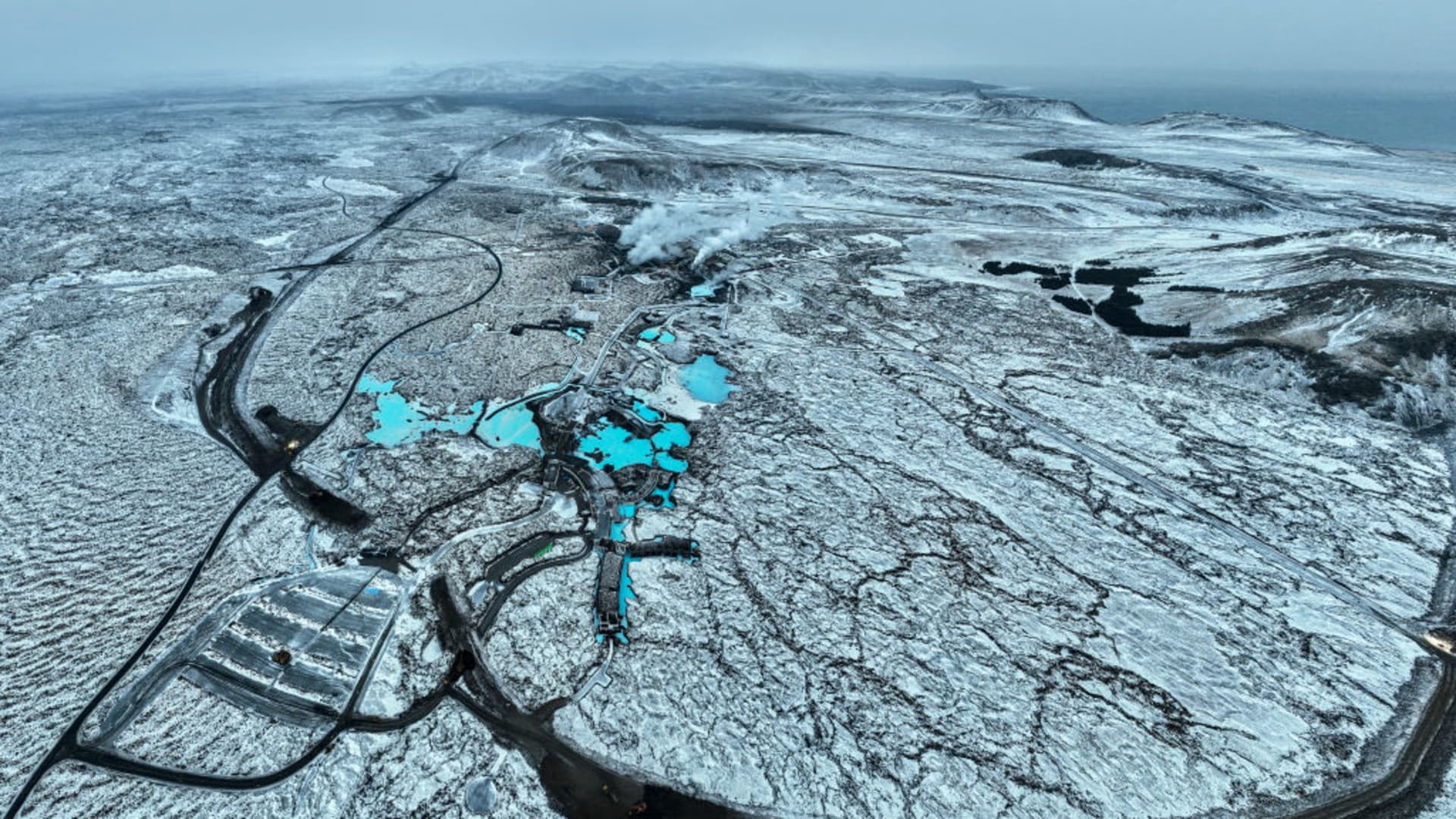A recent volcanic eruption in southwest Iceland has caused tremors and sparked concern among residents and authorities, marking the fifth eruption on the Reykjanes peninsula since 2021. The eruption, which commenced north of the fishing town of Grindavik, has prompted the dispatch of a coast guard helicopter to assess the situation and determine the precise location.
The Situation Unfolds
As reports emerge regarding the eruption, it remains unclear where the lava is emerging from and in which direction it is flowing. This lack of clarity has generated notable unease among locals and officials alike. A similar event took place recently when the Svartsengi volcanic system erupted on December 18, prompting the complete evacuation of Grindavik, home to 4,000 inhabitants, and the temporary closure of the popular Blue Lagoon geothermal spa. While the town of Grindavik was ultimately spared as the lava veered away from its vicinity, the eruption has underscored the region’s seismic and volcanic susceptibility.
Iceland's Dynamic Geological Landscape
Situated between the Eurasian and North American tectonic plates, Iceland’s unique positioning renders it a seismic and volcanic hot spot. The divergent movements of these two colossal tectonic plates contribute to the nation’s geological dynamism, fostering an environment conducive to volcanic activity and seismic events.
Concluding Thoughts
As the volcanic eruption in southwest Iceland unfolds, it highlights the ongoing geological activity in the region, prompting heightened vigilance and a proactive response from local authorities. The dynamic nature of Iceland’s geological landscape serves as a reminder of the intricate forces at play beneath the Earth’s surface, shaping the country’s unique and ever-evolving terrain.
Find out more about our sources here.


